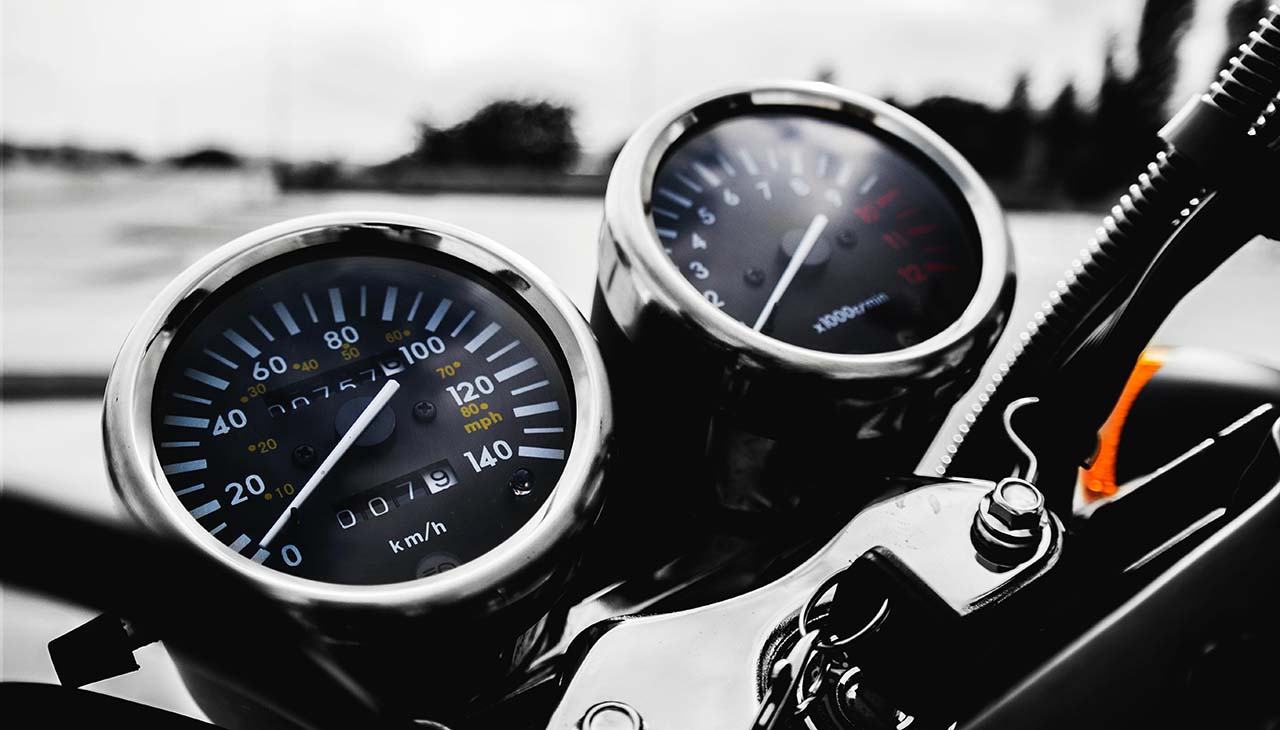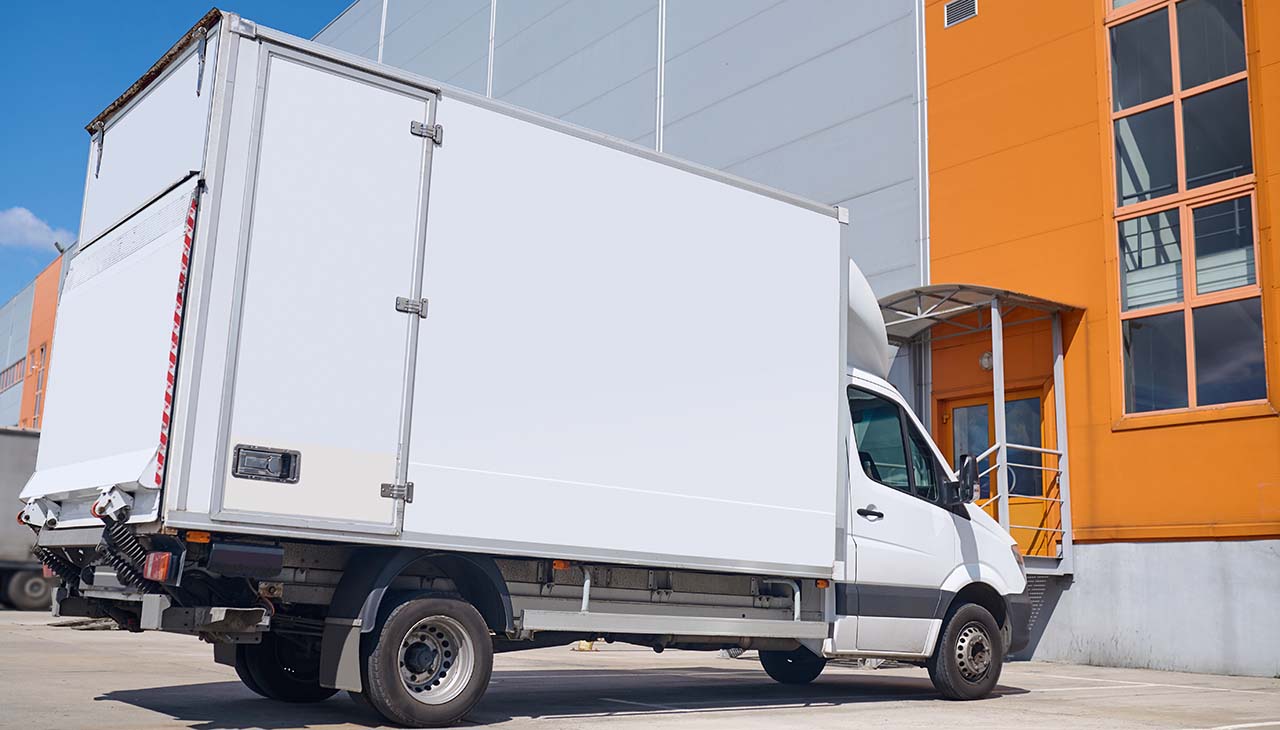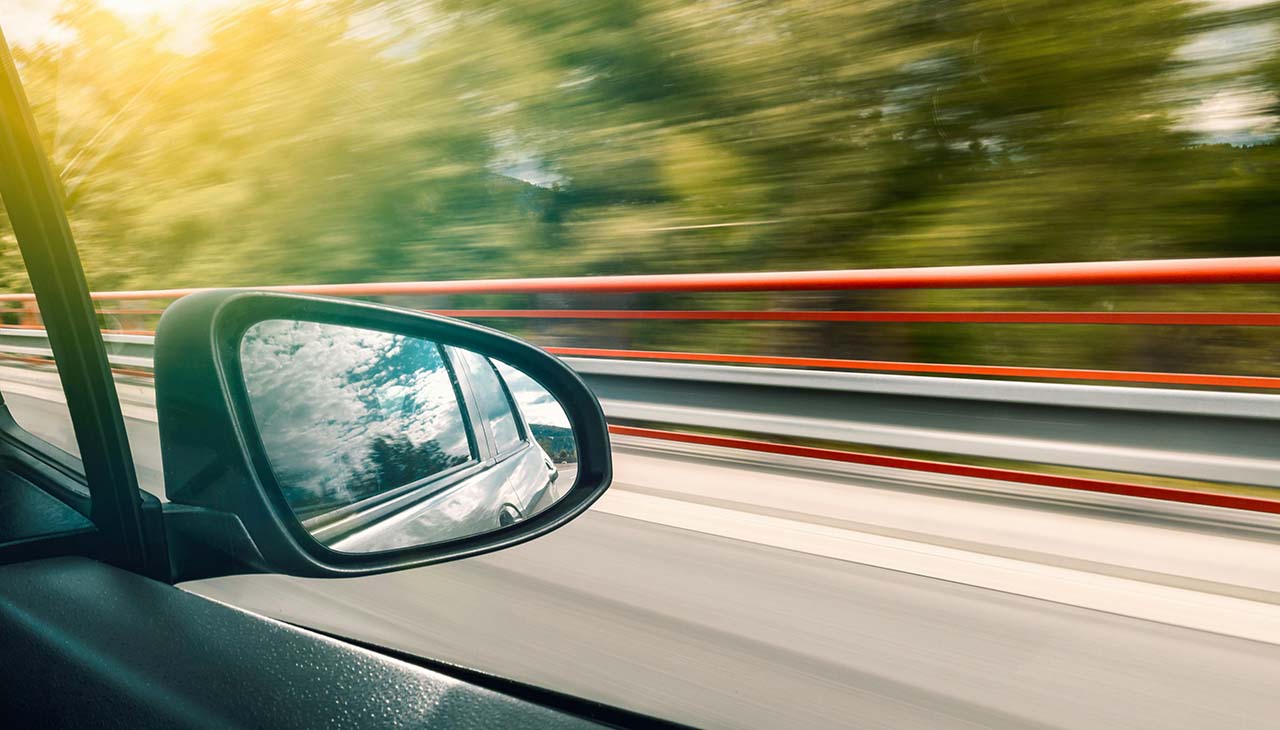
Purchasing a used bike can be an economical and environmentally-friendly choice. However, to ensure the best value for your money, it’s crucial to conduct thorough inspections and ask the right questions. This guide provides practical insights on what to look for when buying a used bicycle, the key questions to ask the seller, and how to avoid common pitfalls that could turn a potential bargain into a costly mistake.
Visual Inspections
Frame Condition
Start by examining the bike’s frame. Look for any signs of rust, cracks, or bends, as these may indicate serious structural issues. Check the joints where the frame pieces meet — they should be solid and secure with no signs of fatigue or separation.
Tire Condition
Next, check the condition of the tires. Look for any cuts, punctures, or visible wear on the tread. If the tires are bald or the sidewalls are cracked, they will need to be replaced, which could add to your overall costs.
Brake Condition
Finally, assess the condition of the brakes. Ensure they are responsive and stop the bike effectively without any squeaking or grinding noises. Check the brake pads for wear — if they’re thin or uneven, they might need replacing. Also, inspect the brake cables for any signs of fraying or damage.
Mechanical Inspections
Gears and Shifting
Inspect the bike’s gears and shifting mechanism. Test the bike on various gears to ensure smooth transitions. If the bike struggles to shift gears or the chain slips, it could indicate a problem with the derailleur or shifters, necessitating a potential repair or replacement.
Chain Condition
The bike chain is another vital component to check. Look for any signs of rust or excessive wear. A well-maintained chain should move freely and show little to no signs of stiffness or dirt build-up. A rusty or overly worn chain could affect the bike’s performance and might require replacement.
Suspension System
If the bike is equipped with a suspension system, evaluate its condition. Push down on the handlebars and seat to test the front and rear suspensions, respectively. The bike should bounce back up smoothly. If it doesn’t, or if you hear any strange noises during this test, the suspension might need servicing or replacement. Remember, a faulty suspension can drastically affect the bike’s handling and comfort, especially on rough terrains.
Questions to Ask
Bike History and Ownership
Understanding the bike’s history and ownership can provide valuable insights. Ask the seller about the bike’s previous owners, how long they’ve owned it, and how it was mainly used—whether for commuting, racing, or occasional leisure rides. This information can give you a better sense of the bike’s overall wear and tear.
Maintenance and Repairs
Inquire about the regular maintenance and any substantial repairs the bike has undergone. Find out when the bike was last serviced and whether this can be verified with receipts or a service log. If major parts have been replaced, seek details on why they were replaced and when.
Reason for Selling
Ask the seller why they are selling the bike. Answers to this question can range from upgrading to a new model, no longer needing the bike, to acknowledging a persistent issue with the bike. The seller’s honesty in responding to this question can be a good indicator of their overall transparency and the bike’s condition.
Conclusion
Buying a used bike can be a great way to save money and support sustainability, but it requires careful inspection and thoughtful questioning. By conducting thorough visual and mechanical inspections and asking about the bike’s history, maintenance, and reasons for selling, you can ensure you’re making a wise investment. Remember, a good deal isn’t just about price—it’s about ensuring you’re purchasing a reliable, well-maintained bike that will serve you well for many rides to come.






